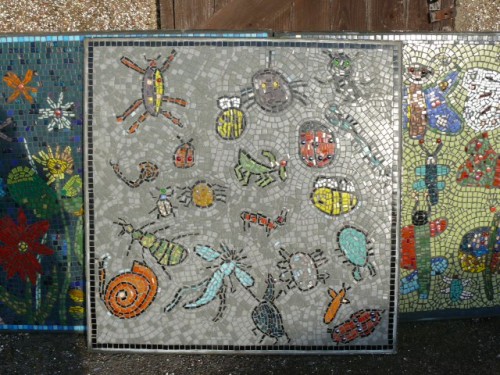The earliest forms of mosaic can be traced back thousands of years as shells and stones were used to create patterns. As mosaic evolved to include the use of specially coloured and cut stones (tessarae), the patterns also evolved to become an art form for master crafts people, as they created representations of geometric patterns, stories, people and animals. In Roman Britain alone, thousands of mosaics were created, with over 2,000 having been discovered to date.
Modern mosaic makers use a variety of materials, such as glass and glass smalti, ceramics, stones, shells, and found objects.
There are two main ways to create mosaics: either by using direct techniques - whereby each piece of the mosaic is laid directly into its final setting - or the indirect techniques - where the mosaic is created in another location and then carefully transferred or reassembled.



